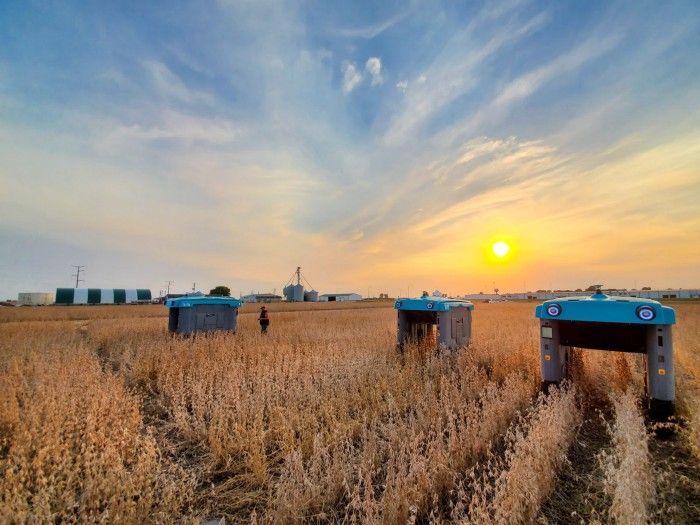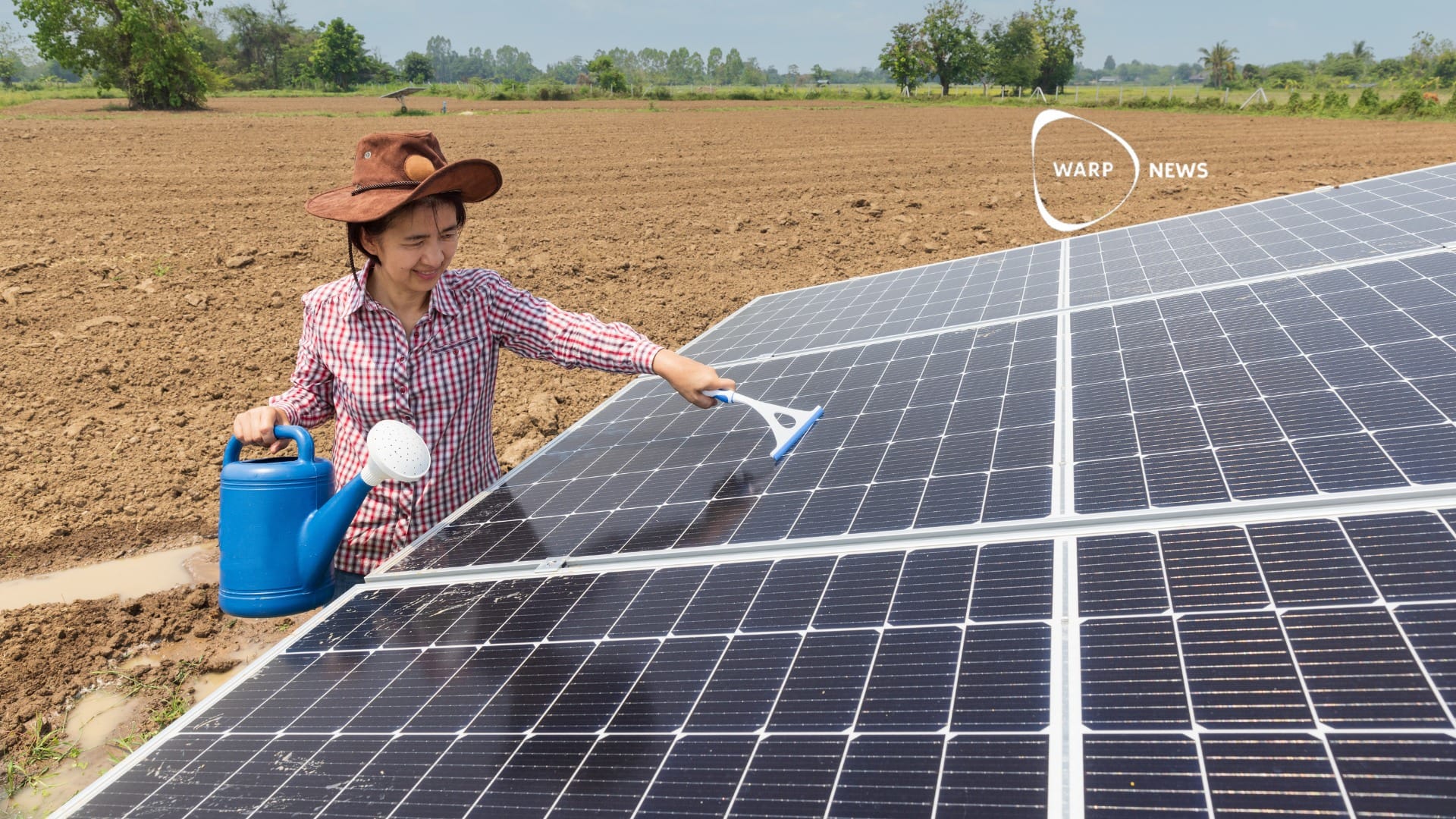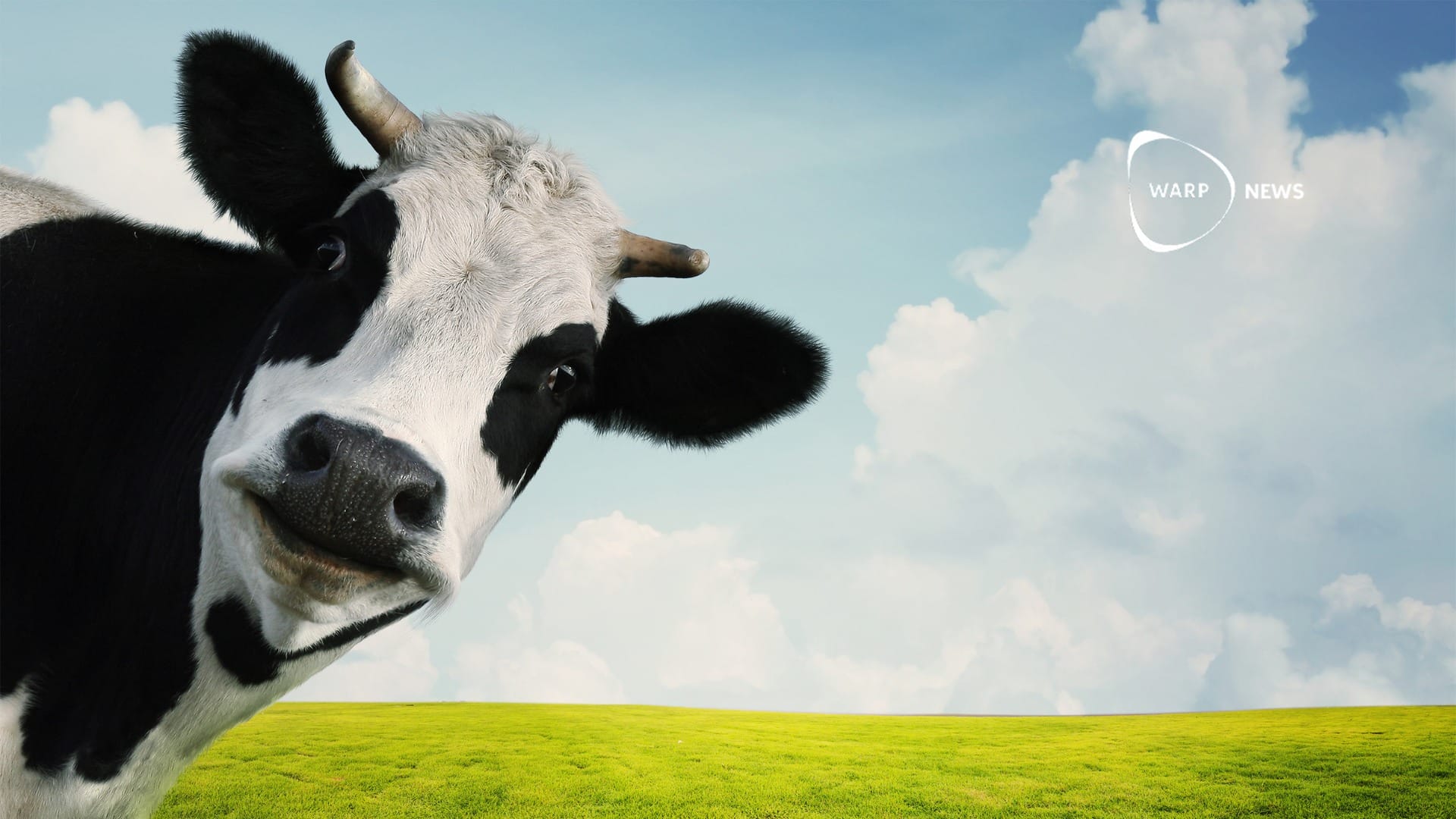
🥗 A new robot takes us one step closer to the next green revolution
A rolling laboratory will help growers tailor plant plans for each individual plant and sprout.
Share this story!
To feed the world's growing population, we will need to produce more food over the next 50 years than we have done in the previous 10,000 years combined. Alphabet's X project Mineral claims this and they have an idea of how it should go .
“Imagine if each plant could be monitored and get exactly the nutrition it needs. Imagine if we could figure out which genetic and environmental effects affect the crops the most. Imagine if we could match a mixture of different crops to be able to cultivate a certain type of land as environmentally sustainable as possible ", writes Minerals project manager Elliot Grant in a blog post .
Mineral , which thus has the same parent company as Google, intends to use everything from AI to advanced sensors to increase returns in a sustainable way. The first concrete example of what it might look like is a robot.
The robot runs on four wheels and is actually a research platform on wheels. It is equipped with cameras, sensors and other equipment. It goes through the fields and analyzes the vegetation and then sends the results to an AI.
Maximum return with minimal impact
The AI combines this data with information from weather reports and plant models to predict how the plants will grow in the near future. That information can then form the basis for determining what measures are needed to get the maximum return.
The robot is already in operation and a prototype has studied soybeans in Illinois and strawberries in California. There, it has analyzed each individual soybean and strawberry to give an exact picture of how the plants react to different conditions.
By analyzing the vegetation at the "prayer and bear level", Mineral hopes to be able to help growers tailor a plant plan for each plant. One plant may need a little more water while another should get more nutrition instead.
It could then combine increased returns with increased sustainability and better economy. The plants only get exactly the nutrition they need so nothing leaks into nature and the grower does not pay for fertilizer that has no effect. In the same way, only those parts of the field that have problems with pests can receive treatment for it.
Mineral is just one in a long line of companies and projects working to take cultivation to a new level . So there is good hope that we will have the new green revolution that the world needs to be able to feed many more people in a sustainable way.
By becoming a premium supporter, you help in the creation and sharing of fact-based optimistic news all over the world.


